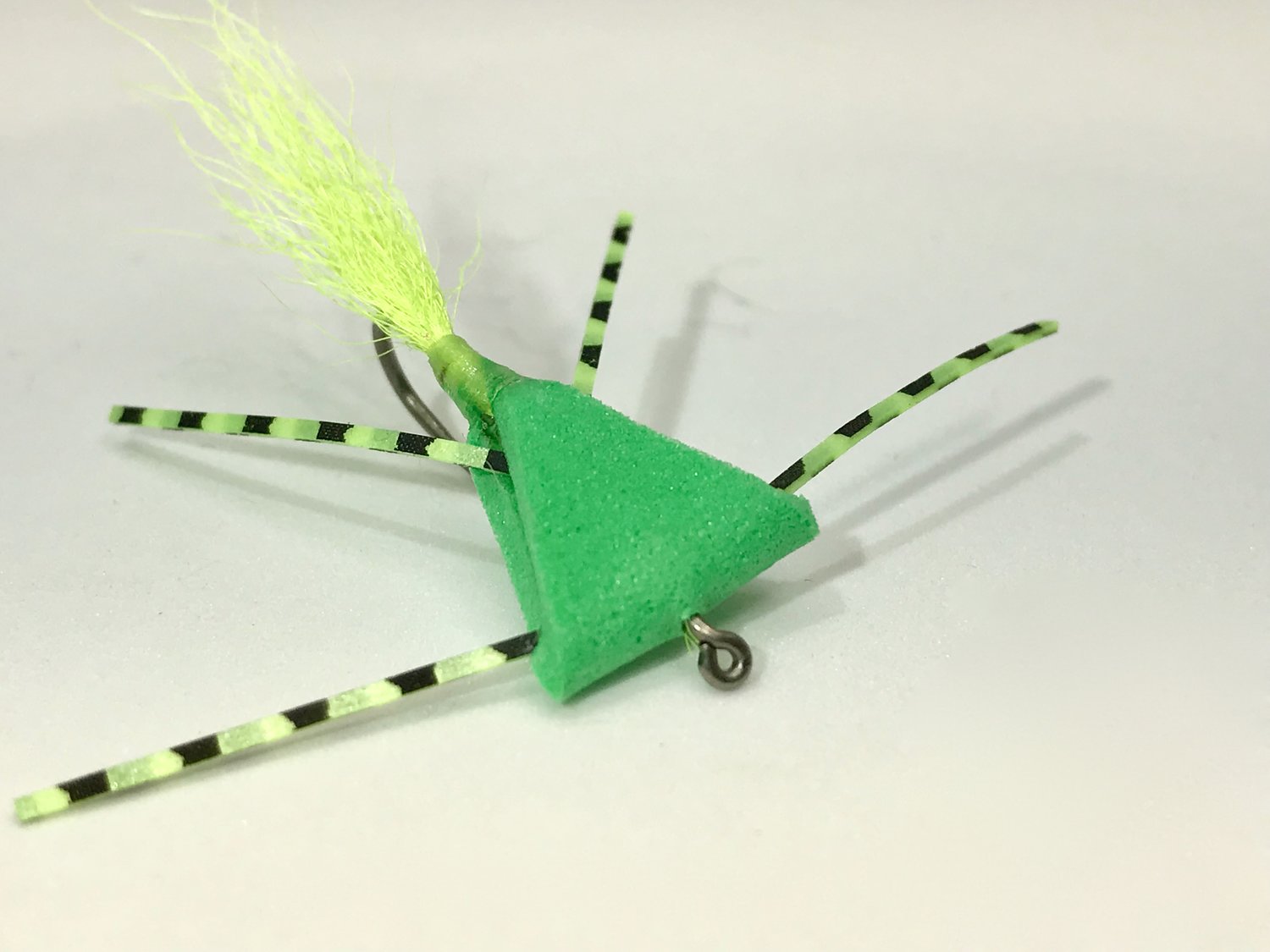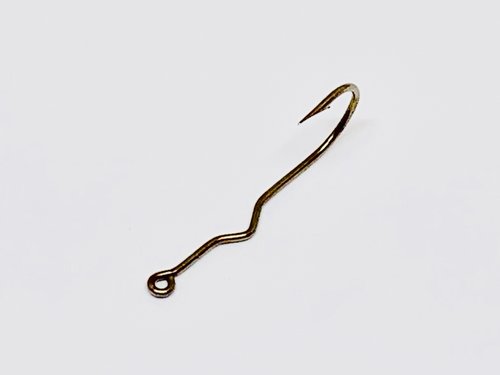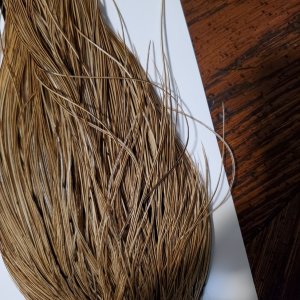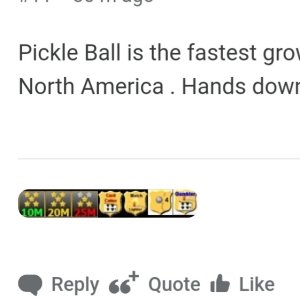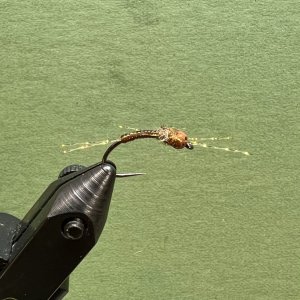You said:
“Bear in mind that I'm a crap-ass fly tier and am not particularly picky about this stuff as long as the fish don't care.”
The fact that you are seeking advice on fly tying materials on this forum is evidence that you are not a “Crap-ass fly tier”, but one that is intent on improving your knowledge and skill. One mistake in my opinion that a lot of new or novice tiers make is trying religiously to follow a so-called “fly pattern”. A panfish popper is a panfish popper and there is no end to the combinations of materials that will craft a functional panfish popper. Long gone are the days where fly patterns religiously call for “the urine stained belly fur of a pregnant fox” as if the urine stained belly fur of a coyote wouldn’t work. Knowledge of different material properties and having the requisite skills necessary to incorporate any given material are the skills you need to foster expand your fly-tying abilities.
The simple Panfish popper is nothing but a tail and a foam or cork head (sometimes, sometimes not with rubber legs) It is a simple formula. Your question about the tail has many answers. The table below has many tail options that could be incorporated into a panfish popper. Important however are four properties that influence to effectiveness of any given material you might choose to incorporate in a Panfish popper.
Durability: How well does the material withstand casting and catching fish. Some material is fragile, others are tough.
Movement: How well does the material move in the water when the fly is still or being stripped? Movement translates to your fly looking alive or not.
Water Retention: How well does the material shed water when wet? Materials that retain water cause flies to gain weight and make them more difficult to cast with distance and accuracy.
Ease of tying: Some materials are easier to tie with than others.
| Durability | Movement | Water Retention | Ease of Tying |
| Bucktail | Moderate | Low to Moderate | Moderate | Easy |
| Calf Tail | Moderate | Low to Moderate | Moderate | Medium (short fibers) |
| Craft Fur | Moderate | Moderate | Moderate | Medium |
| Moose | High | Low | Low | Easy |
| Synthetic Flash (Polar flash, Crystal flash, Kreelex, etc) | High | High | Low | Very Easy |
| Vinyl or Rubber Legs | High | High | Low | Very Easy |
| Hackle | Moderate | High | Moderate | Easy |
| Marabou | Low | High | Moderate | Easy |
| Rabbit or Squirrel | Moderate | High | High | Moderate |
| Finn Racoon or Arctic Fox | Moderate | High | Moderate | Easy |
Any of the above materials could be used to tie effective Panfish poppers. The more you tie and use on the water, the more your skills and knowledge will grow. You will grow to like some materials over others when you try new patterns. Don’t be a
“Crap-ass tier” and stay wedded to any published fly pattern recipe. Learn to understand the properties of different materials and use those properties to your advantage as you tie and fish the flies you want to tie and fish.

